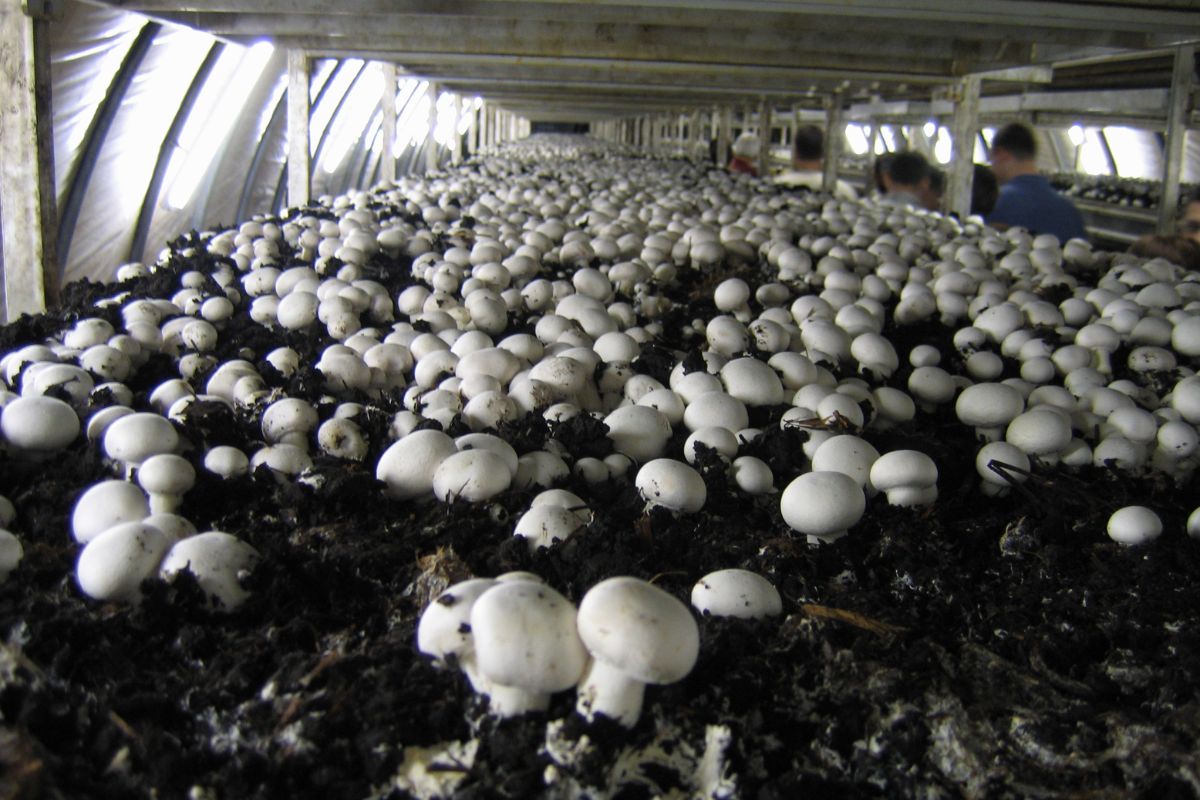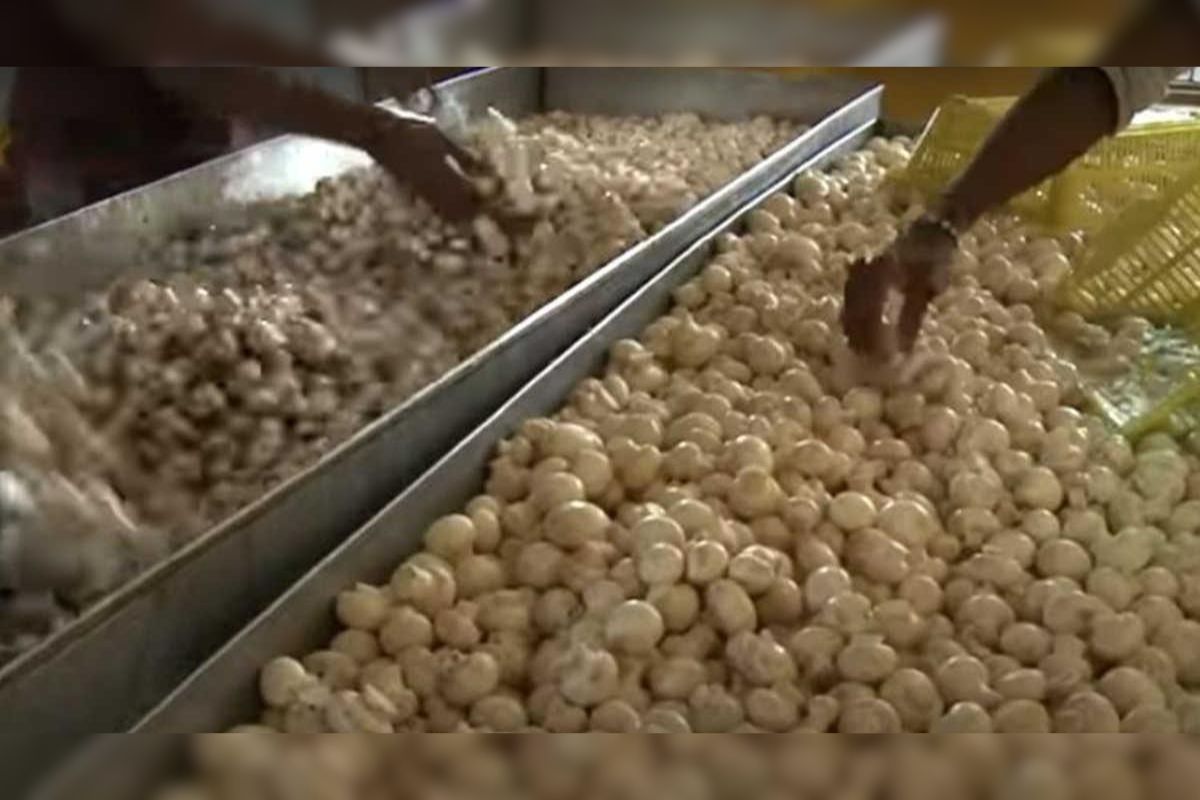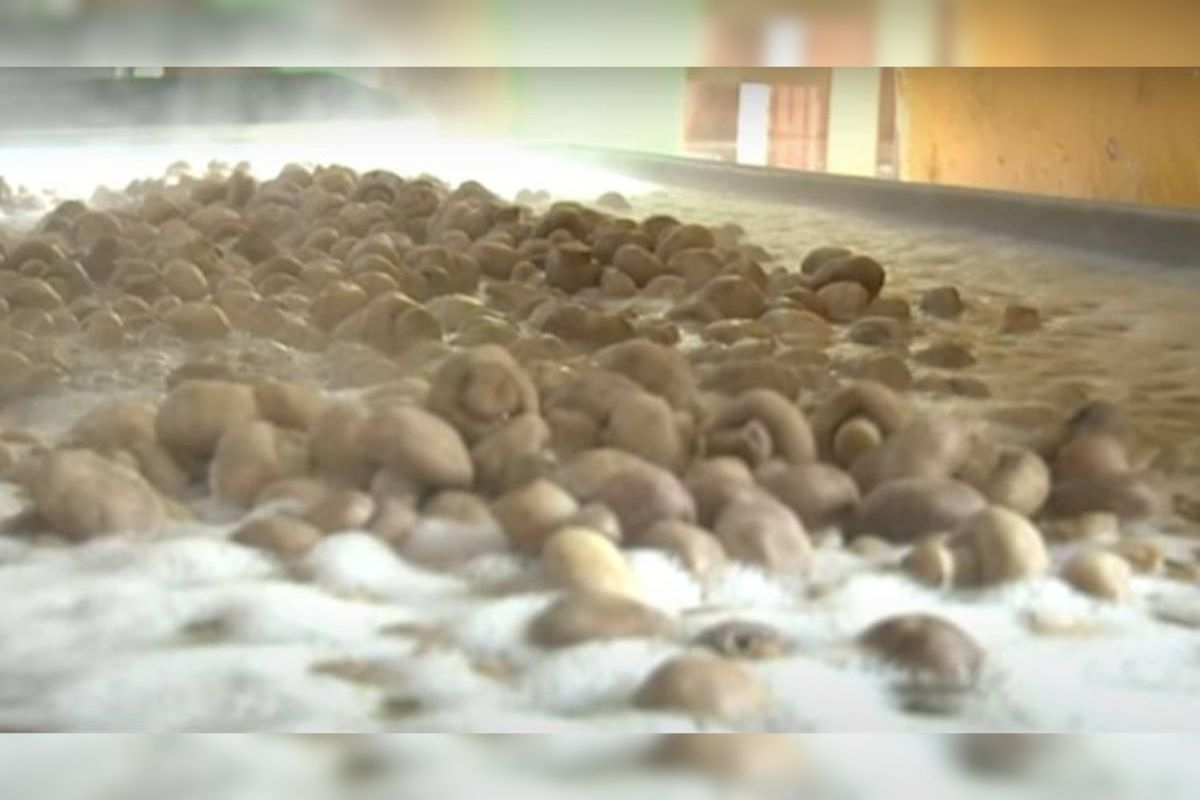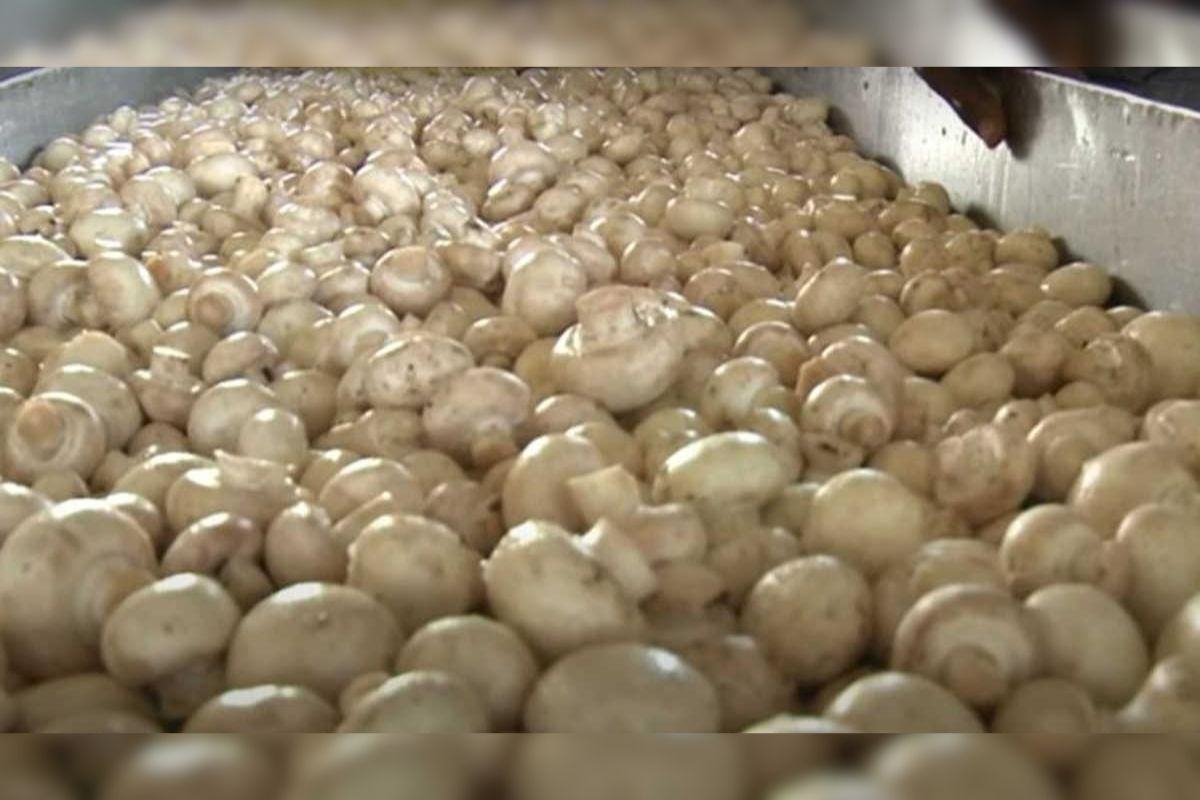Mushroom Processing: How is the commercial processing of mushroom done?
Mushrooms contain 85 to 90 percent water. Due to this they rot quickly. That's why it is safe and beneficial to consume only processed mushrooms.
Mushroom is a very nutritious food item. There is a lot of demand for it, which is sold very expensive. That’s why progressive farmers in most of the country’s states are earning well from farming. It is not difficult for small and marginal farmers to mobilize the necessary resources for merger cultivation and increase their income. That’s why the trend of farmers in this section is increasing rapidly towards farming and mushroom processing.
For such farmers, schemes of training and various subsidies are also being run by the governments. Farmers interested in mushroom cultivation should contact their nearest Krishi Vigyan Kendra or agriculture officers to take advantage of this.
Five species of mushroom are more popular in India
Many government and non-government institutions also conduct training programs to set up mushroom cultivation and its processing industry. It is essential and valuable to know about its nuances before trying your hand at mushroom farming. Although around 10,000 species of mushrooms have been considered edible worldwide, about 70 species have been found for profitable mushroom cultivation. The species itself is excellent. Given the Indian climate, only white button, Dhingra (oyster) mushroom, milky mushroom, Pedistra mushroom, and shiitake mushroom species are considered suitable for cultivation.
Consume Processed Mushrooms only
Most species of mushrooms are not suitable for direct consumption. Processing is essential to eliminate the toxic elements found in them. However, some species are consumed even without high-level processing. But it is a bit difficult for ordinary people to identify the mushroom of such species. Consuming only processed mushrooms is considered the safest and most beneficial. The second main reason for processing is that mushrooms contain 85 to 90 percent water, and due to this, they spoil quickly. At the same time, the processed mushroom does not spoil for a long time. That’s why its price is also good in the market.

Mushroom Processing Plant
It is not easy for the common farmers cultivating mushroom to set up a processing unit. Because processing is a complete industry in itself. It needs to be run like an industry. The mushroom that is required as raw material by the mushroom processing plant is procured from the mushroom producing farmers or mandis. If many mushroom farmers can set up and run their own processing unit together, then a condition of earning can be created for them. Apart from the cooperative sector, this work is also done by forming an FPO (Farmers Producer Organization). The government is also encouraging this a lot.
How should Farmers do Mushroom Processing themselves?
Currently, most of the mushroom processing plants are located in urban areas. Perhaps also because access to electricity, transportation and marketing facilities are relatively easier to access in urban areas. But on the other hand, what if the farmers who grow mushrooms want to consume mushrooms themselves? It is not easy and practical for these farmers to buy mushrooms from cities and then use them. Therefore, if they learn to process mushrooms at their homes, apart from their personal needs, they can also provide processed mushrooms to relatives and guests.
Also Read: ‘Mushroom Man’ is growing mushrooms for 27 years
How do Mushroom processing units work?
Washing of Mushrooms: After the mushrooms reach the processing plant from the fields as raw material, they are first put in stainless steel tubs and washed thoroughly by shaking. In these tubs, a solution of Potassium Meta Bi Sulphate (KMS) is prepared and poured with plain water. It is necessary to wash the mushrooms thoroughly so that the components of compost manure on it are completely separated. Actually, no other particle or (foreign particle) should go with the mushroom for further processing. Farmers can buy KMS from the market and keep it in their homes.

Blanching of Mushrooms: Blanching of mushrooms is done after washing. Blanching means heating or boiling the mushrooms. For this, washed mushrooms are placed in boiling water for 8-10 minutes. By doing this, the air present in the tissue or tissues of the mushroom will come out, the enzyme activity going on in them will stop and the growth of the mushroom will stop. Steam is generated in the boiler in the mushroom processing plant and it is sent through the pipeline to the tubs where the blanching of mushrooms is taking place. But farmers can boil mushrooms in large pots if they want to do this process at their homes.

Identification of correct blanching: After blanching, the mushrooms are taken out of the boiling water tub and filtered. Then put it in another tub of cold water to cool it down. This method of cooling prevents the mushroom from turning black or brown. By this process of cooling it is also known whether the work of blanching has been done correctly or not. Because if the blanching is done correctly, then the mushrooms which have been taken out of the hot water tub and filtered, and put in the cold water tub, will be seen completely submerged on the bottom or bottom of the tub. And if there is no stone unturned in blanching, then such mushroom will not sink in water, but will float.

From the point of view of the farmers, the domestic processing of mushrooms gets completed here. After this, the cooled mushrooms of the farmers should be taken out of the water. After this, you can consume mushroom as you want. For the next two to four days, it can be packed in plastic bags or kept sealed. But if this mushroom is to be kept fit for consumption for a long time, then it is very important to complete the rest of the processing process.
Grading of Mushrooms: Mushrooms obtained from blanching are also kept in cold water tub for 8-10 minutes only. Then it is filtered and handed over to the grading shaker machines. This machine acts as a sieve moving at a fixed speed, in which premium or A-grade mushrooms are separated at the top, regular size in the middle and small mushrooms at the bottom. Premium quality large mushrooms are used for roasting in tandoor or for cooking. While small sized mushrooms are mostly used in hotels and restaurants.

After grading, usually 10% of the product is premium grade, 80% is regular grade and the remaining 10% is small grade mushroom. Shortening or sorting is done after grading of mushrooms in the processing plant. Through this, broken mushrooms or those whose stem and top are separated are sorted out. The mushroom obtained after sorting becomes suitable for packaging.
Packaging of Mushrooms: Mushrooms are generally packed in unit weight of 400 grams after grading and shortening. However, it can be done in small units as well. Processed mushrooms are usually packed in tin cans. Because they still have to complete many more processes. However, according to the packaging unit, as many mushrooms are poured into tin cans by weight, the same amount of brine is also added. It is a solution that contains 2% salt or salt and 0.2% citric acid.

Cans exhausting: After adding brine, mushroom cans are exhausted. Under this process, the cans are heated to 85 degree Celsius through steam for 8 to 10 minutes. So that vacuum or airlessness can be created in the cans. By doing this, the shelf life of mushrooms increases and they do not spoil for months and can become fit for consumption. After exhausting, the cans are sealed by putting lids on them.
Sterilization of Cans: The final processing of sealed cans of mushrooms is called Sterilization. It is very important to do this because even after all the processing, if there is any harmful bacteria left in the cans, then that too gets destroyed. For sterilization, the sealed cans are kept in a special chamber for about 55 minutes and heated to a temperature of about 116 degree Celsius.

During this, a pressure of 15 points or bar is kept in the sterilization chamber. During this, special care is taken that the temperature in the sterilization chamber should not be low or high. Because if the temperature is low then the sterilization will not happen properly and if it is high then the mushrooms present in the box will get burnt. Its color will turn black or brown.
Packing of Cans: After being removed from the sterilization chamber, the sealed cans of mushrooms are again brought to room temperature by placing them in a tub of cold water, so that during sterilization, the heat of the chamber cools the mushrooms before the ripening process begins. Let it be done In this way, the cooled cans are cleaned, brand leveled, etc., packed in cartons and sent to the market for marketing.
(All images courtesy of ‘Golden Crown’ mushroom)
Also Read: Mushroom Farming: Varanasi’s women group gets success from FPO based extension delivery model
Contact us – If farmers want to share any valuable information or experiences related to farming, they can connect with us via phone or whatsapp at 9599273766 or you can write to us at “[email protected]”. Through Kisan of India, we will convey your message to the people, because we believe that if the farmers are advanced then the country is happy.
You can connect with Kisan of India on Facebook, Twitter, and Whatsapp and Subscribe to our YouTube channel.



